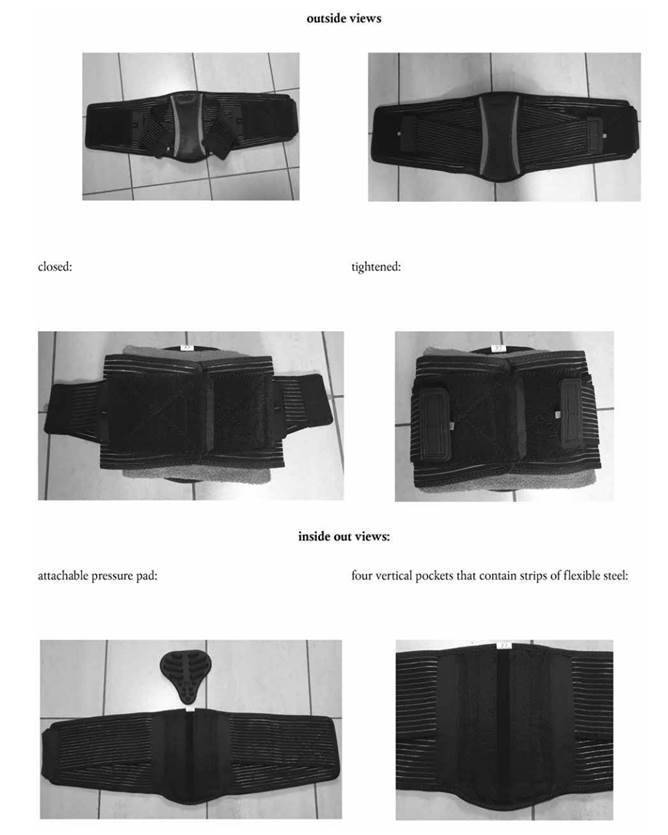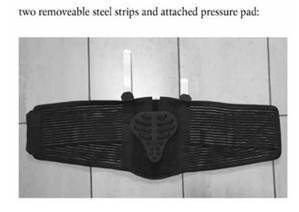
COMMISSION IMPLEMENTING REGULATION (EU) 2025/1492of 14 July 2025 concerning the classification of certain goods in the Combined Nomenclature- "Official Journal of the European Union", of 21.7.2025 - |
THE EUROPEAN COMMISSION,
Having regard to the Treaty on the Functioning of the European Union,
Having regard to Regulation (EU) No 952/2013 of the European Parliament and of the Council of 9 October 2013 laying down the Union Customs Code(1), and in particular Article 57(4) and Article 58(2) thereof,
_____________
(1) OJ L 269, 10.10.2013, p. 1, ELI: http://data.europa.eu/eli/reg/2013/952/oj.
Whereas:
(1) In order to ensure uniform application of the Combined Nomenclature annexed to Council Regulation (EEC) No 2658/87(2), it is necessary to adopt measures concerning the classification of the goods referred to in the Annex to this Regulation.
(2) Regulation (EEC) No 2658/87 has laid down the general rules for the interpretation of the Combined Nomenclature. Those rules apply also to any other nomenclature which is wholly or partly based on it or which adds any additional subdivision to it and which is established by specific provisions of the Union, with a view to the application of tariff and other measures relating to trade in goods.
(3) Pursuant to those general rules, the goods described in column (1) of the table set out in the Annex should be classified under the CN code indicated in column (2), by virtue of the reasons set out in column (3) of that table.
(4) It is appropriate to provide that binding tariff information issued in respect of the goods concerned by this Regulation which does not conform to this Regulation may, for a certain period, continue to be invoked by the holder in accordance with Article 34(9) of Regulation (EU) No 952/2013. That period should be set at three months.
(5) The measures provided for in this Regulation are in accordance with the opinion of the Customs Code Committee,
_____________
(2)
Council Regulation (EEC) No 2658/87 of 23 July 1987 on the tariff and
statistical nomenclature and on the Common Customs Tariff (OJ L 256,
7.9.1987, p. 1, ELI: http://data.europa.eu/eli/reg/1987/2658/oj).
HAS ADOPTED THIS REGULATION:
Article 1
The goods described in column (1) of the table set out in the Annex shall be classified within the Combined Nomenclature under the CN code indicated in column (2) of that table.
Article 2
Binding tariff information which does not conform to this Regulation may continue to be invoked in accordance with Article 34(9) of Regulation (EU) No 952/2013 for a period of three months from the date of entry into force of this Regulation.
Article 3
This Regulation shall enter into force on the twentieth day following that of its publication in the Official Journal of the European Union.
This Regulation shall be binding in its entirety and directly applicable in all Member States.
Done at Brussels, 14 July 2025.
For the Commission
Gerassimos THOMAS
Director-General
Directorate-General for Taxation and Customs Union
ANNEX
Description of the goods |
Classification |
Reasons |
(1) |
(2) |
(3) |
Article
in the shape of a belt (approximately 25 cm wide in the middle of the
back), made of highly elasticated knitted textile fabrics to be worn
around the lower back (lumbar region). In the middle of the back of the
belt, there is a vertical strip sewn to it. The strip is approximately
11 cm wide, consisting mainly of woven textile fabrics and not
elasticated. |
6212 90 00 |
Classification
is determined by general rules 1 and 6 for the interpretation of the
Combined Nomenclature, Note 7(d) to Section XI, Note 1(b) to Chapter 90
and by the wording of CN codes 6212 and 6212 90 00. |
(*) The images are purely for information. |
||

